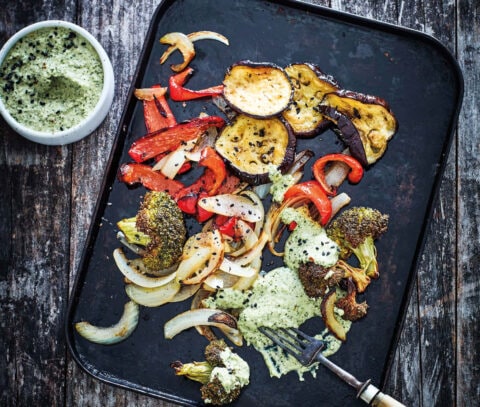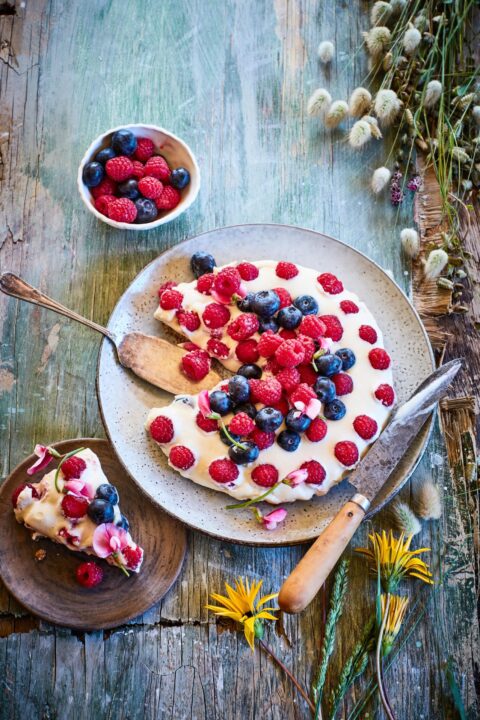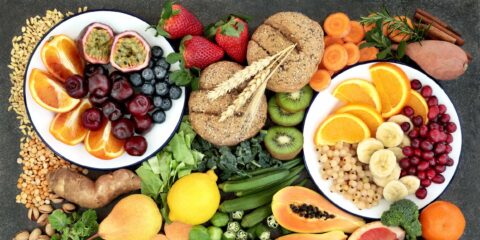Oat, almond, soy, coconut… there are a ton of plant milks available these days, but Rachel Clare asks whether they really are good for us and the planet.
If you were around in the 1980s you might remember the ad with the break-dancing milk bottles: full cream, homogenised, low-fat and cream, each with a different-coloured foil lid. Yes, those were the days when we just had four types of milk.
Now there’s an overwhelming range of milks available to us, with plant-based options made from crops like soy, rice, oats, coconut and almonds vastly outnumbering the cow variety as we seek out non-dairy options for environmental, dietary and lifestyle reasons. Countdown reports that sales of plant milk have grown by more than 25 percent in the last year, with oat milk sales growing by more than 70 percent. There is even an international plant milk day on August 22.
What is a plant milk?
A plant milk is basically made by soaking a nut, grain or legume in water, then straining the liquid. Although it’s only in the last 30 years or so that they’ve been marketed as an alternative to dairy milk, people have been drinking them for centuries. Almond milk appears in cookbooks from the Mediterranean region in the 13th century and soy milk was being drunk in China in the 14th century.
Unlike cow’s milk, which generally only contains one ingredient – milk – plant milks contain at least five. Filtered water is the main ingredient, followed by the plant base, for example soy or oats, then vegetable oils are added as emulsifiers to make them creamy, vegetable gums as thickening agents, and sea salt and sometimes sugar to make them more palatable. Most of them are fortified with vitamins and minerals, such as calcium, so that they provide some of the same nutritional benefits as milk.
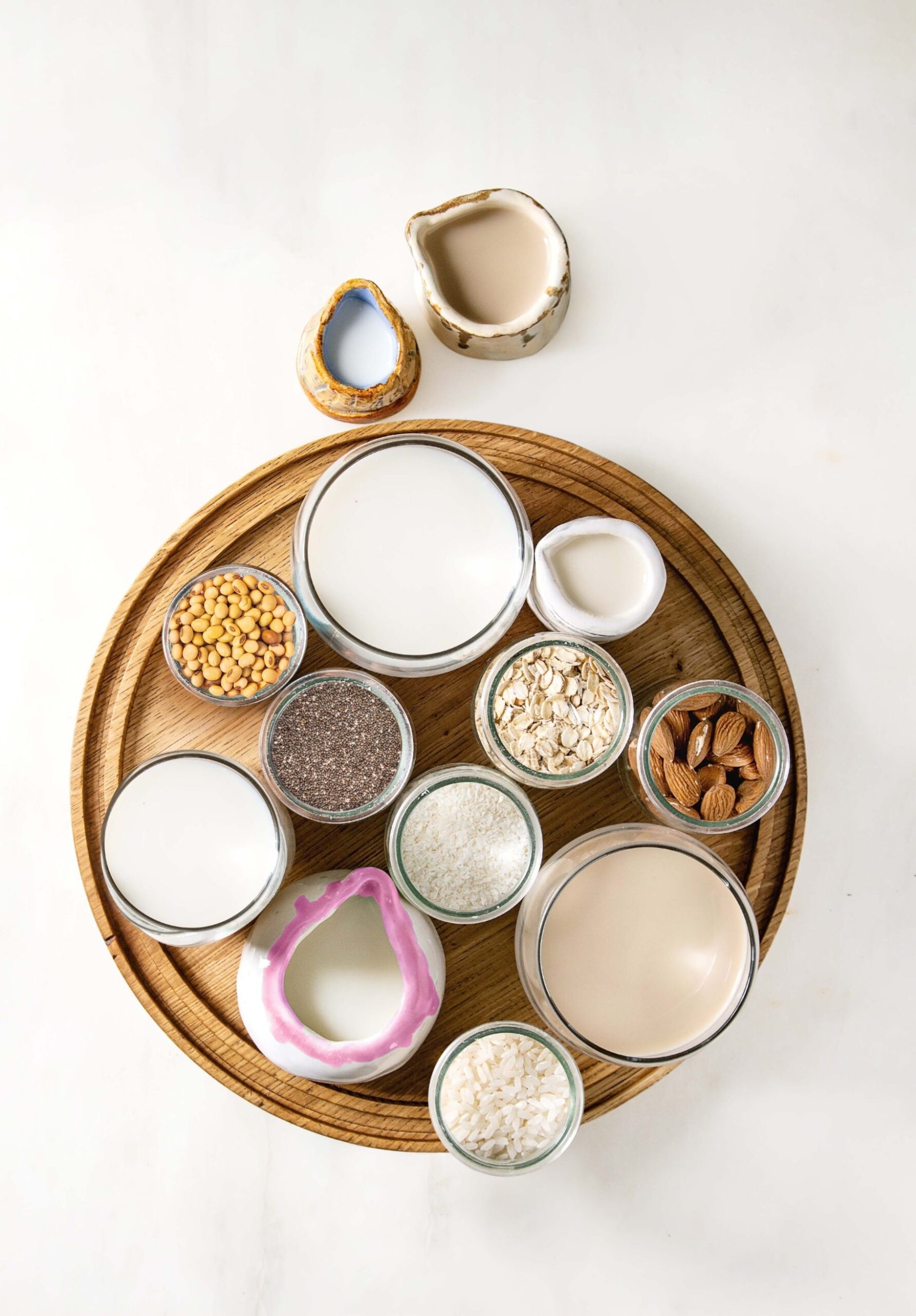
What are the types of plant milk?
The world of plant milks is ever-expanding, with pumpkin milk (called kabocha milk) being one of the latest offerings. Here are the main ones available in Aotearoa:
- Rice: Generally made from brown rice, this is the best option for people who are allergic to dairy and other types of plant milks. It’s almost devoid of protein and has a naturally sweet taste because it is high in carbohydrates, which means it’s not the best choice for diabetics. It’s not really suitable for baking because of its high water content.
- Soy: Protein-rich soy milk from soy beans has a neutral flavour, which some people describe as chalky, and can be used in sweet or savoury dishes.
- Oat: This thick creamy plant milk has a slightly oaty flavour and is ideal for frothing for coffees, not to mention hot chocolates and smoothies, as well as creamy sauces and baking. Oats contain beta-glucans, a soluble fibre that can help lower cholesterol. As oats contain avenin, a protein similar to gluten, oat milk isn’t suitable for coeliacs or people who are gluten-intolerant.
- Coconut: Not to be confused with the thick coconut milk you buy in a can, this is a thinner version suitable for adding to coffee – and a flat white made with frothed coconut milk is a bit like drinking your pudding! Coconut milk is higher in saturated fat than other types of plant milk.
- Hemp: Made from the whole seeds of the hemp plant, just one glass of hemp milk will give you half your daily omega-3 requirements. It has a nutty flavour and is less sweet than cow’s milk.
Are plant milks healthy?
Typically plant milks are a good option for people with dairy allergies or who are lactose intolerant – which is thought to be up to 70 percent of the world’s population.
Cow’s milk is considered a “whole food” because it provides us with protein for growth and repair, fats for energy, calcium to build and strengthen bones and teeth, phosphorus, zinc, potassium and essential vitamins B12, A and D. Most plant milks are fortified with the same quantities of vitamins and minerals that you find in a glass of cow’s milk, so providing you check the label of a plant milk, you can rest assured that you’re not missing out on calcium and B12.

However, when it comes to protein, only soy milk can compete, with one glass of soy milk containing 6g of protein compared to cow’s milk’s 8g (although low-fat milks can have up to 14g of protein). The other plant milks lag far behind in the protein department, with the same quantities of oat milk containing approximately 2.5g, almond milk 1.4g, rice milk 0.7g, coconut 0.5g, and hemp less than a gram.
Soy had a bad rep for a while because it contains isoflavones, a type of phytoestrogen (plant-based oestrogen), which raised concerns about its potential as a hormone disruptor, particularly for postmenopausal women. However numerous studies have not found any evidence of this.
Plant-based milks are generally lower in calories and fat than full-cream cow’s milk, with cashew, rice and almond milk having the lowest amount of calories. However, fat is important for growth in infants, and the Ministry of Health advises that plant-based milk alternatives should not be given to children under 12 months old.
Marlena Kruger, professor in nutritional physiology at Massey University, says that unless children are lactose intolerant or have allergies to milk, she doesn’t recommend that children grow up on plant milks at all, and refers to a study of Polish children, aged between five and 10, which was published in the American Journal of Clinical Nutrition this year, that showed that children on vegan diets were three times more likely to be deficient in B vitamins, had four to six percent lower bone mineral density and lower bone mass, and were, on average, 3cm shorter than non-vegan children.
“Children need calcium, protein and phosphorus to grow,” says Marlena, who disagrees with plant milks being called “milks” since they don’t come from a mammal.
Are plant milks good for the environment?
Don’t have a cow, man (well, six million of them) is the basic answer to that question. Resoundingly, studies show plant-based products have nowhere near the same impact on the environment as dairy farming does. Stats NZ figures show that methane-belching dairy cattle were responsible for 22.4 per cent of New Zealand’s greenhouse gas emissions in 2019 (the agricultural sector is responsible for 48 percent in total). This doesn’t take into account nutrient run-off that pollutes waterways.
In 2020, scientists at the University of Otago published a New Zealand Food Emissions Database, which considered the “life cycle” of commonly consumed foods. Soy milk was shown to produce the least emissions of any food in the study, even after transport from overseas was included.
Cathy Cole, who lectures in climate change at the University of Otago’s Centre of Science Communication, says: “When you’re looking at carbon emissions, most of the emissions come from the on-farm process rather than the transport and packaging, so it seems quite clear that even if you’re buying a plant milk that’s grown in a different country then flown here, it’s still better in terms of carbon emissions compared to a dairy-milk equivalent.”
Not all non-cow alternatives are squeaky clean though, and some are milking natural resources dry. The most controversial is almond milk. Currently the most popular plant-based milk in the US, 80 percent of the world’s almonds are grown in drought-stricken California. However, it’s a crop with a massive water footprint, requiring 12 litres of water to grow just one almond.
Australia has also gone nuts over almond milk, and has increased its almond crops by 50 percent since 2016 and planted 15,000 hectares of new almond trees along the Murray-Darling Basin. The impact on water resources led the Almond Board of Australia to put a moratorium on new plantations while it looks for more water-efficient solutions. Additionally, almonds require more pollination from bees than any other crop, and pesticide use and over-farming contributed to one-third of commercial bee colonies dying in the US in 2018-19.
While soy beans require a tenth of the water almonds do and less than a third of the water needed to produce cow’s milk, and produce three times less greenhouse gas emissions than dairy, they do require a lot of land in comparison to almonds and rice. Genetically modified varieties have been developed which withstand large amounts of the herbicide glyphosate, so it’s worth checking the label to make sure non-GMO beans have been used.
Oat milk is currently the only plant milk grown in New Zealand. One of the most sustainable plant milk crops, it produces 80 percent less greenhouse gas emissions than cow’s milk, uses 60 percent less energy and 10 times less water.
How do I use plant milks?
Providing they are fortified with calcium (120mg per 100g), B12 and vitamin D, plant-based milks can be used in similar ways to animal milk, with soy being the best option if you want the closest nutritional match to cow’s milk in terms of protein.
Consult the label to check the ingredients and quantities and to see if any sweeteners have been added. The label will also state the main country of origin, which can help you weigh up environmental concerns. Always shake the container before drinking, as the calcium and other minerals can settle on the bottom.
Keep in mind that plant milks are mostly water, so if you want the nutritional benefits of almonds or the fibre in oats, you’re better off eating the food itself rather than the liquefied version.
Cow’s milk ticks so many boxes when it comes to nutrition and is the best form of calcium (bones are important!), so unless you have an allergy or intolerance, have fun incorporating plant milks into your diet, but don’t exclude dairy entirely.
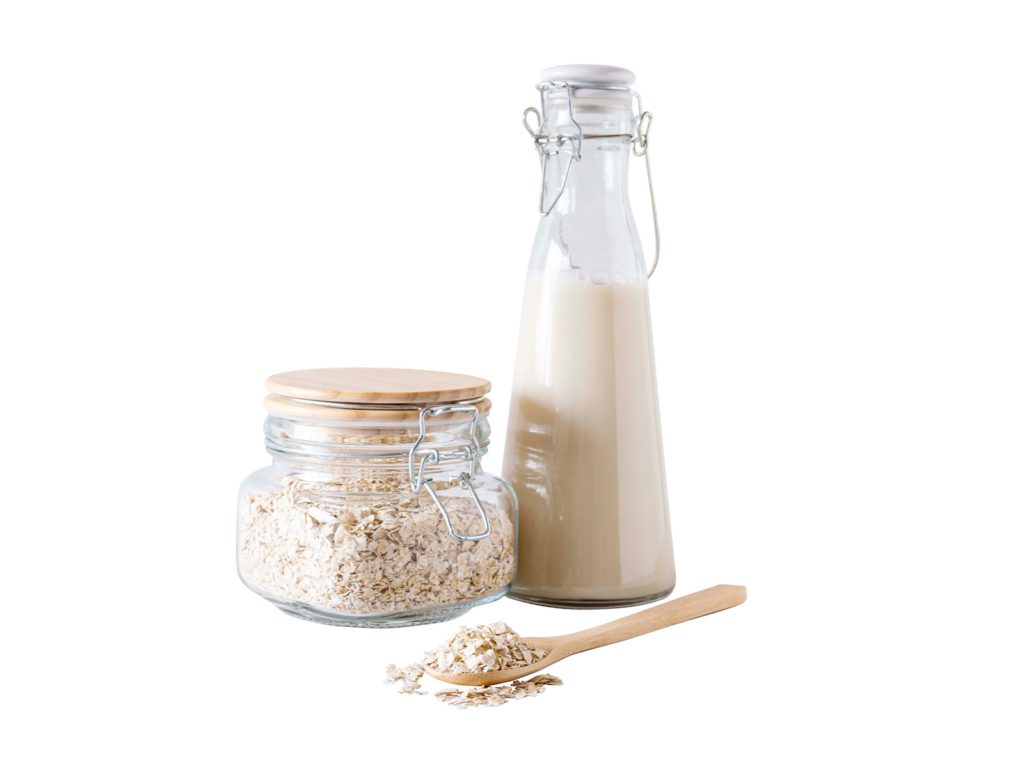
Home-grown plant milk
With the rise in popularity of oat milks, two eco-conscious entrepreneurial Kiwi companies have seized the opportunity to turn our favourite porridge crop into milk.
Otis Oat Milk was established by friends Tim Ryan and Chris Wilkie in 2018. They’d discovered oat milk while on their OE. Although they both come from farming backgrounds, seeing the impact intensive dairy farming was having on the environment motivated them to be part of the movement to transition from dairy into a plant-based product.
“From an environmental standpoint, oats are really great when it comes to land use and water use,” says Hayley Pardoe, the company’s head of marketing and sustainability. “They can be used as a catch crop for nitrogen and help stop it leaching into the waterways.”
Otago and Southland-grown oats are processed at Harraways’ mill in Dunedin, then sent to Sweden (the home of oat milk), where they are liquefied into oat milk and packaged. However, the company has plans to build New Zealand’s first large-scale plant-milk factory. They’ve also launched the 1% Fund, dedicating one percent of their sales to fund projects and initiatives to help farmers grow more oats.
Morgan Maw says she lived off the smell of an oily rag to get her oat milk company, Boring, off the ground. From the beginning, she wanted to produce a 100 percent New Zealand-made product, and while sourcing oats wasn’t a problem, finding equipment to convert the oats into a liquid form was.
“We could have been out in the market a lot sooner if that wasn’t so dear to me but it just made no sense – we’re a farming nation and have so much stainless steel and manufacturing in New Zealand.”
Fortunately, The Apple Press, a juice-making factory in Hawke’s Bay, was keen to help, and after much fine-tuning, including a trial run that produced apple-flavoured oat milk, she has perfected her recipe. Currently the leftover oat mass is used as animal feed but Morgan is hoping to turn it into a plant protein for humans. “I’m really excited about having another value-added product out of this waste stream.”
It’s also possible to make your own plant-based milk. You’ll find plenty of instructions on the internet. But remember, unlike commercial milks, they won’t be fortified, so you’ll need to be sure you’re not missing out on essential nutrients.


